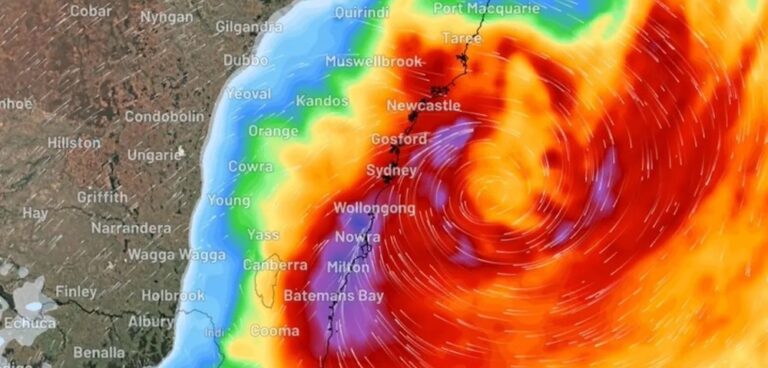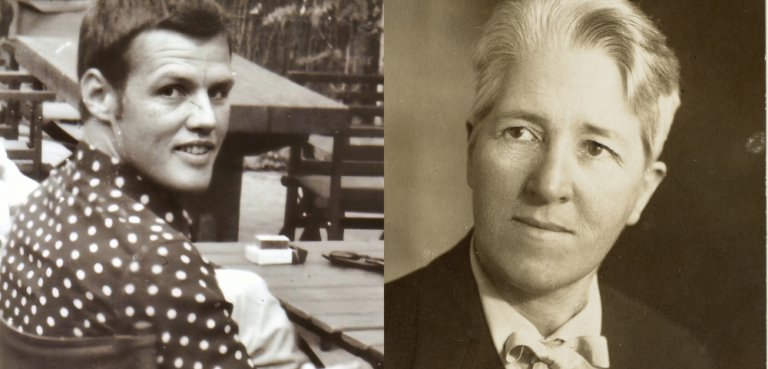
Pyrmont: bounced or bouncing into the future?
By ALLISON HORE
A “bounce group” to discuss the Pyrmont Peninsula Place Strategy (a strategy for planning and investment in development projects on and around Pyrmont peninsula) will be launched this week, as announced in a Pyrmont community webinar hosted by the Pyrmont Chamber of Commerce on 7th May. The group will provide the NSW Department of Planning, Industry and Environment (DPIE) feedback on the strategy, which they are developing through 2020.
The ten ‘Directions for the Pyrmont Peninsula Place Strategy’, released in March, give an overview of how this strategy will be implemented. Steve Driscoll, Interim CEO of Urban Growth NSW Development corporation, said the ten directions were developed after a long research and consultation period and are not set in concrete, but a “place to launch from.”
“We compiled that document by pulling together a lot of information that already existed and unpacking it to understand where the points of tension were,” explained Mr Driscoll.
“Whilst there were areas of rub or inconsistency between those documents, there were areas of a lot of commonality so we thought it would be best to describe that commonality in our initial engagement with the community.”
Mr. Driscoll says the next step in the process is consultation with the community. The ‘bounce group’ will be part of this community consultation stage. The group will act as a sounding board to explore different ideas as more information comes to hand and will meet virtually (ie, online via webinars) up to 3 times before the exhibition stage begins.
40% of attendees to the webinar said that they thought developments that complement the area were the most important direction for the Pyrmont Peninsula Place Strategy, followed by green spaces and a unified planning process. Of the 10 directions, webinar attendees said that they thought building more homes in the area was of least importance. (Pyrmont is the third most densely-populated area in Australia).
Community concerns
Community leader, Mary Mortimer, says that while she thinks engagement with the community on the development of the strategy is a good thing, she has concerns about the department’s ability to listen to community concerns. She says that despite community concerns, as a result of previous developments, the community has lost tennis courts, the monorail, direct walking access to many places and some heritage cottages.
“I have to say that a large number of that has been ignored and a large number of us who have participated in lots of these consultations are very used to being listened to politely and then having these concerns put aside,” Ms Mortimer said.
“The involvement of the community is certainly key and we want it to be much more than lip service.”
Mr. Driscoll said he is “aware of” the processes and the frustrations that community members like Mary have with them but he says the department works hard to take into account the opinions of all community stakeholders.
“There is a diversity of voices here in Pyrmont,” he said.
“We operate within a framework and it isn’t always possible to do everything that everybody asks.”
James Hulmes, Director of Advocacy for the Committee for Sydney, says that local people are often worried about a top-down approach when groups start talking about master plans. But he says the committee tries to approach planning from a bottom-up perspective and involve many different stakeholders.
“We’re not just about making Sydney a great place for business, but also about keeping Sydney one of the world’s most liveable cities,” Mr Hulmes said.
The Committee for Sydney is one of the groups behind the ambitious, but much criticised, $20billion vision for Sydney’s Western Harbour Precinct which would include cable cars going between mixed-use skyscrapers. Mr Hulmes explains this vision is a “conversation starter” rather than “an absolute blueprint or masterplan.”
Ms Mortimer encourages those in the community who have concerns about the strategy, and other developments in the area, to make their voices heard. “We need members of the community to step up and express their opinions forcefully, actively, and in consultation with other members of the community,” she said.
Expressions of interest for the Pyrmont Peninsula Place Strategy bounce group, and feedback regarding the 10 directions, can be made online through the NSW Department of Planning, Industry and Environment website.









